
OR
Ramification of Pak Airspace Closure
Kathmandu-bound jet avoids mid-air collision by seconds in Mumbai airspace
Published On: March 18, 2019 08:36 AM NPT By: Republica | @RepublicaNepal
KATHMANDU, March 18: The ongoing tension between India and Pakistan has left various implications that have transcended beyond their national borders. One of the areas where the tension has left serious ramification of global proportion is aviation safety.
The decision by Pakistan to close its airspace on February 27 following tension with India has forced most international airlines connecting the Asia Pacific to Europe to re-route to avoid the affected airspace, leaving the Indian airspace over-crowded in recent days. Air Traffic Controllers (ATCs) mainly those overseeing the Mumbai airspace are forced to put in “superhuman effort” to manage the surge in the number of air traffic.
A serious concern of aviation safety has surfaced after two international flights – one bound to Kathmandu from Abu Dhabi and another bound to Paris from Ho Chin Minh City (Vietnam) –- got dangerously close to each other in Mumbai’s mega crowded skies on Friday afternoon. The near-mid-air collision occurred at 1.40 pm when Air France Boeing 777 253 was cruising at 32,000 feet and Etihad Airways Airbus 320 was winging its way at 31,000 feet.
“At 1.40 pm, Mumbai air traffic control asked the Etihad flight to climb to 33,000 feet. During the climb, this aircraft came almost face to face with AF 253 that was coming from the opposite direction. The two aircraft were just three nautical miles away, seconds apart, from each other,” said the Times of India report.
The two flights met with serious near miss after traffic collision avoidance system equipment on these two aircraft got activated, after which pilots pulled the two planes apart, according to the report. While Boeing 777 carries over 300 passengers, Etihad Airways operates Airbus 320 series aircraft that carries minimum 150 passengers.
General Manager of the Tribhuvan International Airport (TIA) Raj Kumar Chhetri said they are not aware of the near-miss incident in Mumbai skies. “If this is true, this is a serious case. We, however, do not have any such problem in our airspace,” he said.
Flights using Pakistani airspace are flying straight south up to Ahmadabad, India and then head toward the West to avoid Pakistani airspace. These flights are now using LIMA 302 route, according to TIA officials.
Flights taking off from Kathmandu to the Gulf and Europe were using the Delhi route that passes through Pakistani airspace, which is the primary route for South Asia, South East Asia and Europe. The change in their normal route means the flights are not only taking a long time, but also costing the airlines significantly huge fuel costs.
Aviation experts in Nepal say Friday’s near-miss incident in Mumbai clearly shows that the implication of Indo-Pak tension that left Pakistani airspace closed is not just about the cost and network, but also air safety.
Although the tension between India and Pakistan following each other downing their fighter jets seems to have come to normalcy in recent days, Pakistan has repeatedly deferred its plan to reopen its airspace. Pakistan has lately announced to reopen its airspace for commercial flights on Monday, but there are apprehensions that Islamabad may defer the plan yet again.
You May Like This

COVID-19's epicentre again: Europe faces fresh reckoning
LONDON/MILAN, Nov 12: Europe has become the epicenter of the pandemic again, prompting some governments to consider re-imposing unpopular lockdowns... Read More...
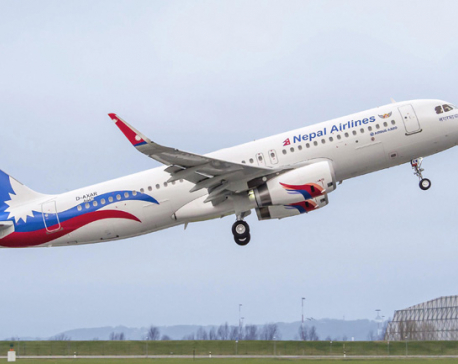
Int'l flight to Europe, Australia, Asian cities with NA ticket
KATHMANDU, Nov 12: The national flag carrier, Nepal Airlines Corporation (NAC), has made it possible for the travelers to fly... Read More...
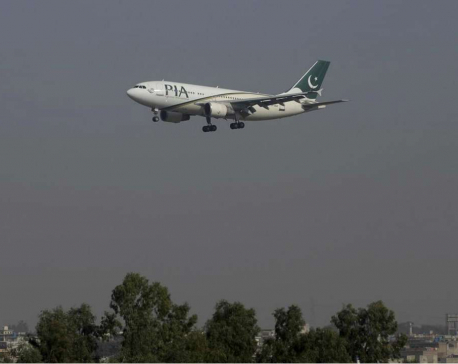
Pak airspace to remain closed today; blackout in several cities, administrative emergency in Karachi
ISLAMABAD, Feb 28: All international and domestic flights operations across Pakistan stand suspended on Thursday, country's Civil Aviation Authority (CAA) has said. Read More...
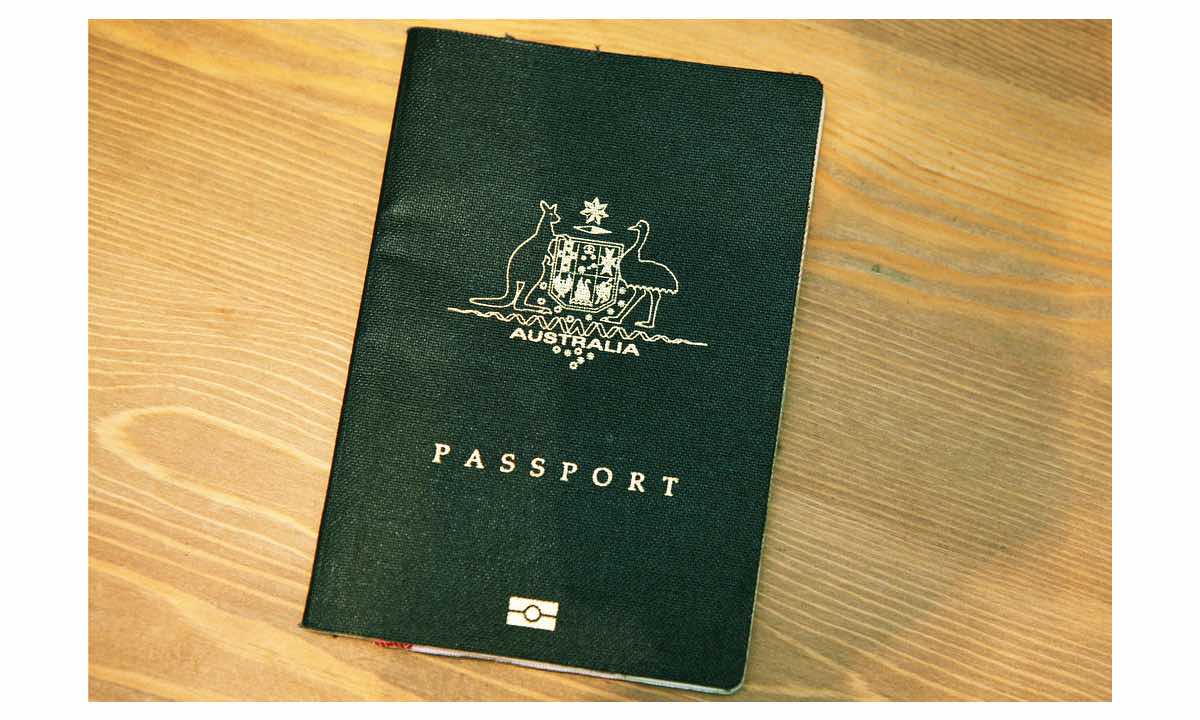
_20240508123602.jpg)


-1200x560_20240508161434.jpg)
Just In
- Drought takes its toll in Humla
- Political parties ‘neglect’ implementing constitutional provision to eradicate untouchability
- NEPSE marginally down by 0.21 points, while daily turnover increases to Rs 2.54 billion
- Govt backs cigarette industry, reluctant to raise tobacco taxes
- Upcoming budget to be introduced in a new manner: PM Dahal
- Indian Idol sensation Menuka Paudel undergoes eye surgery
- Finance ministry allocates additional Rs 10 million for by-election expenditures
- Supporters stage demonstration demanding justice for cricketer Lamichhane (In photos)




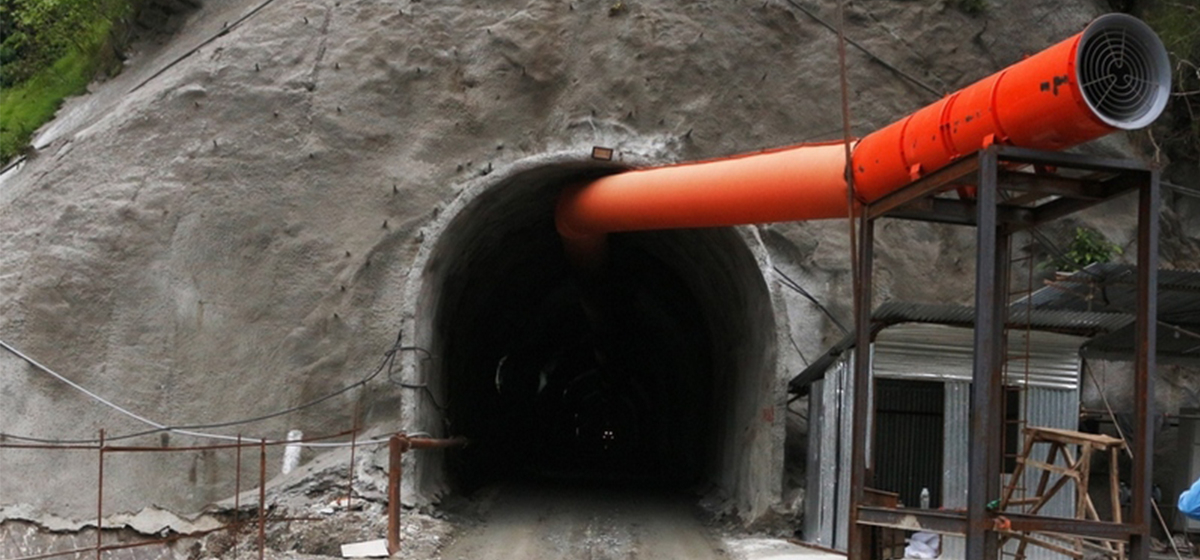
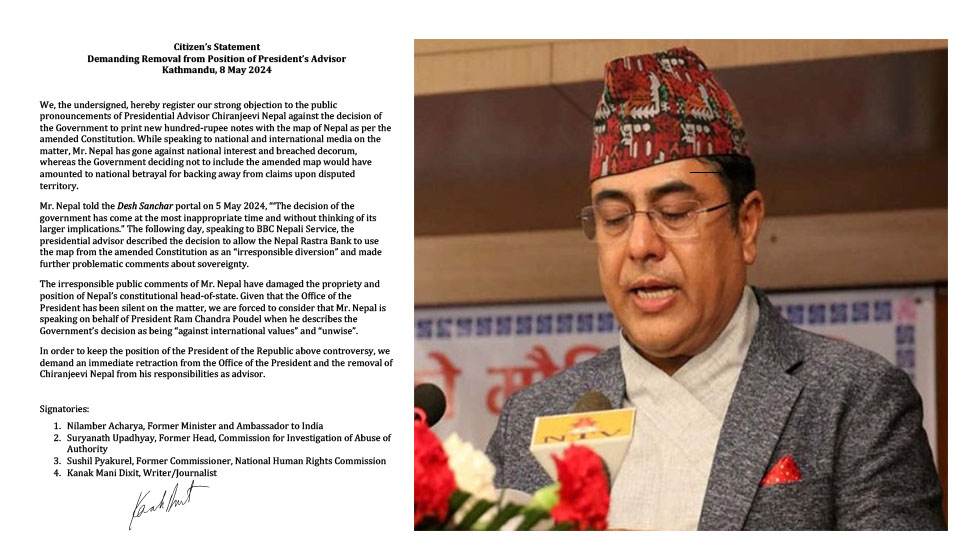





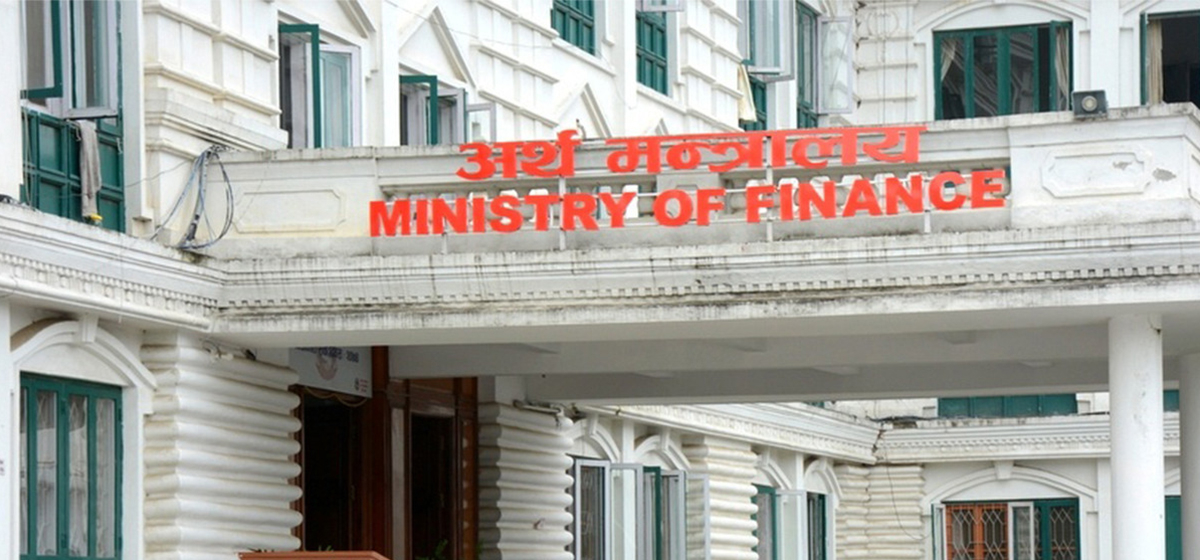

Leave A Comment